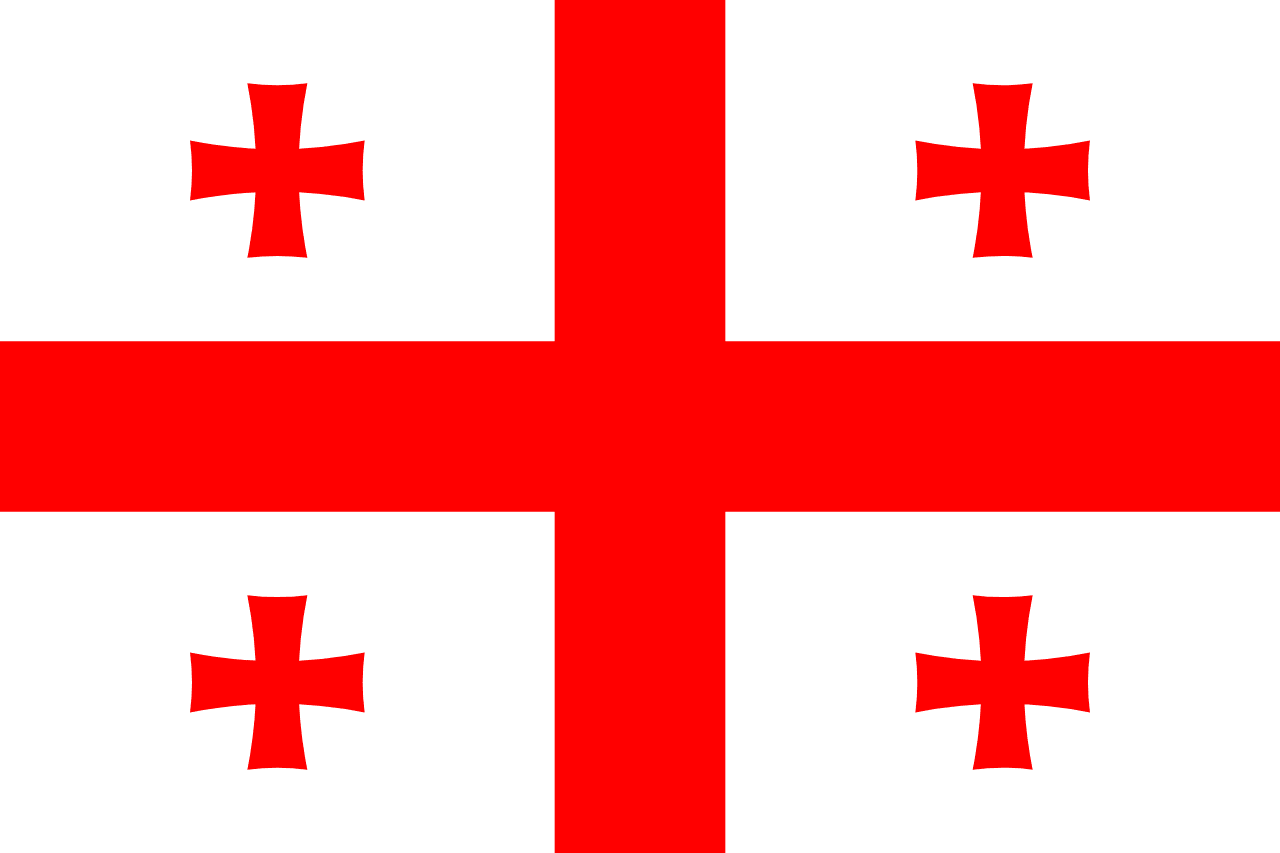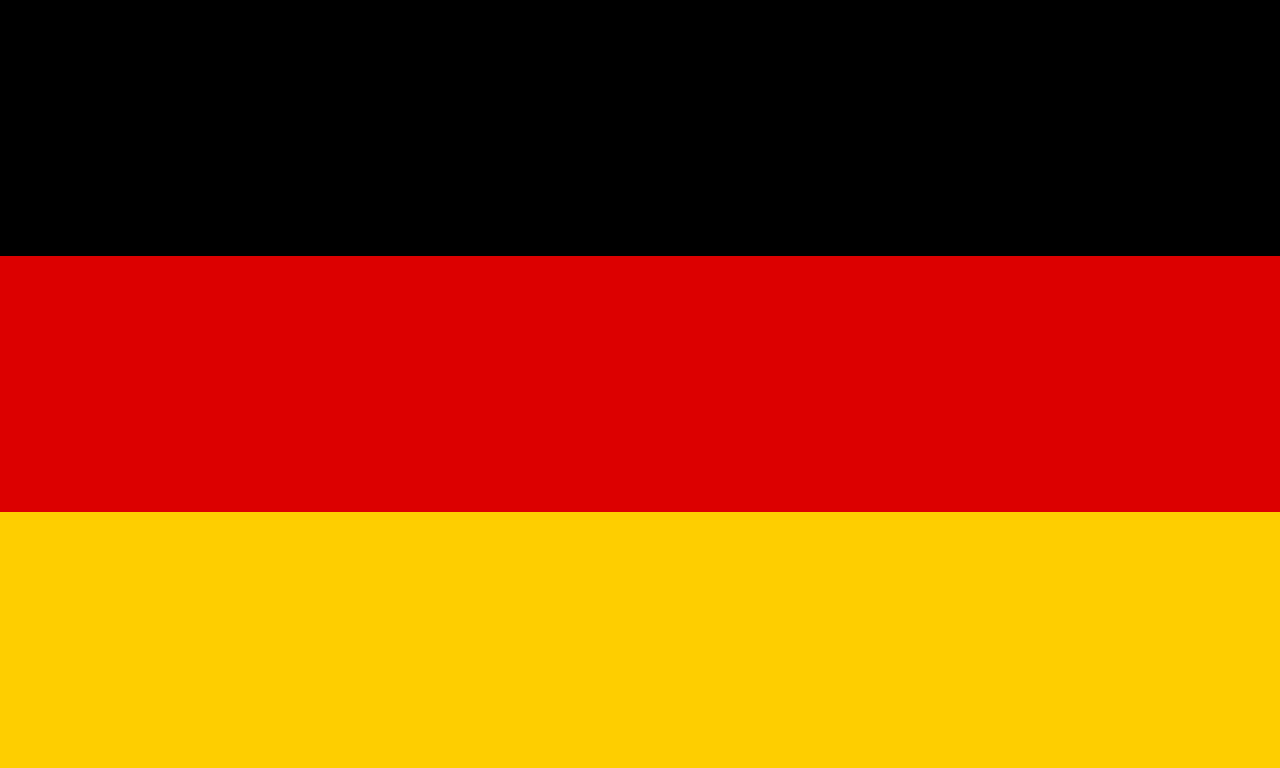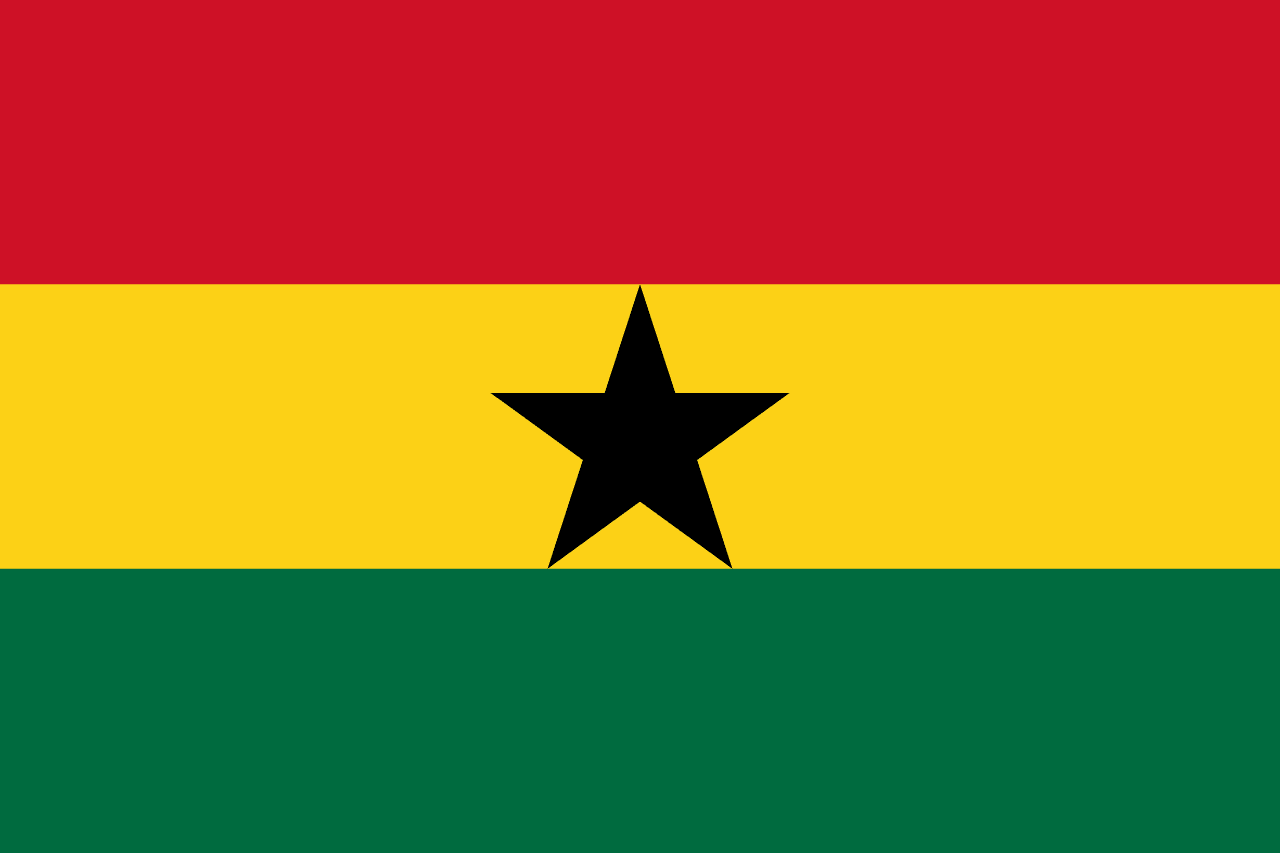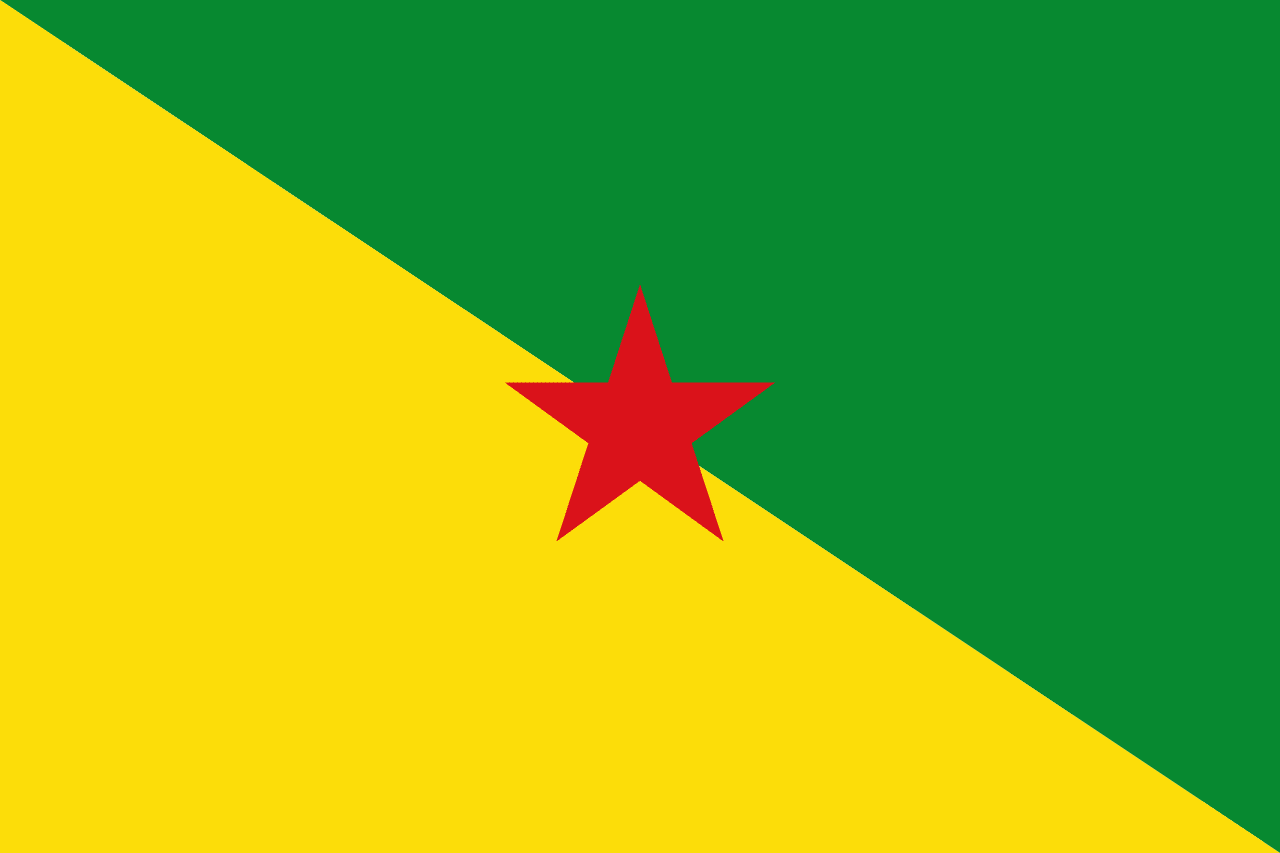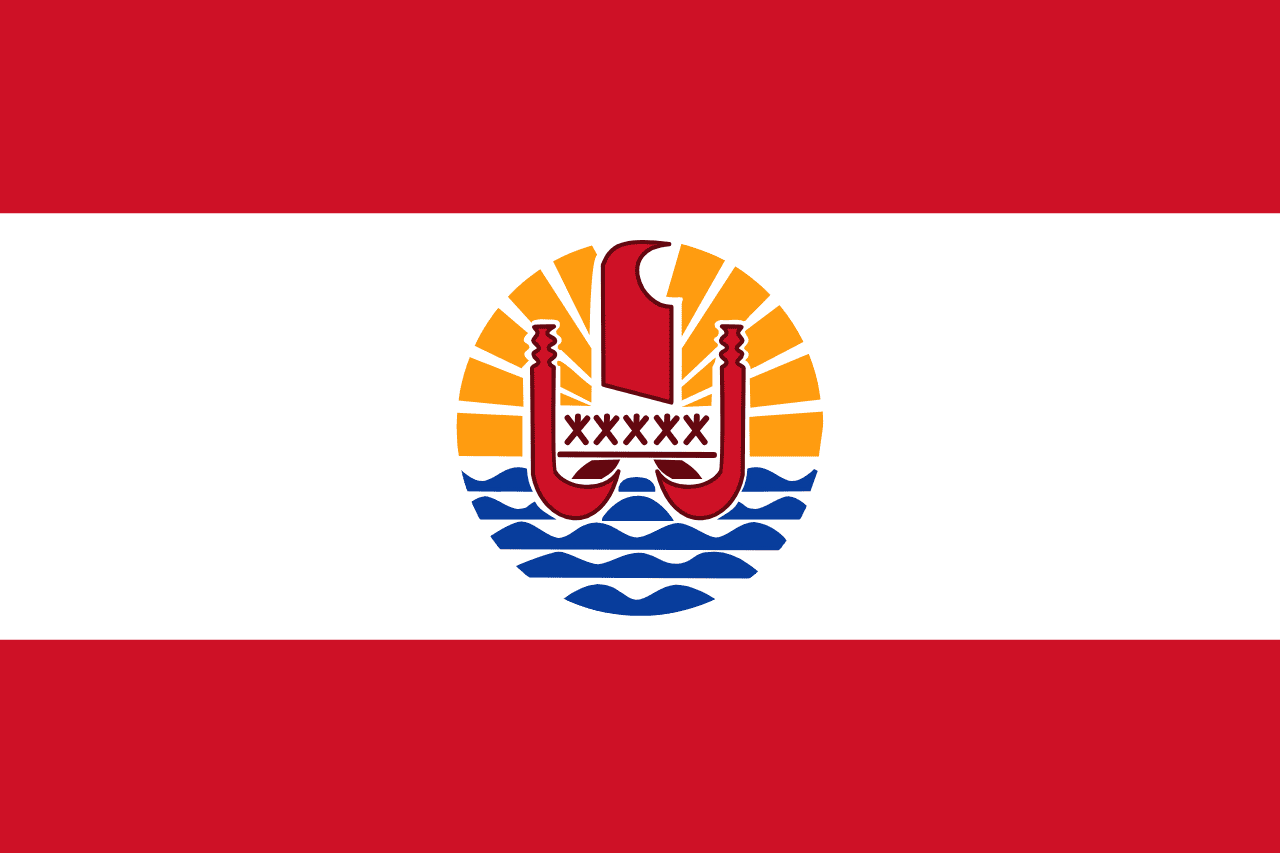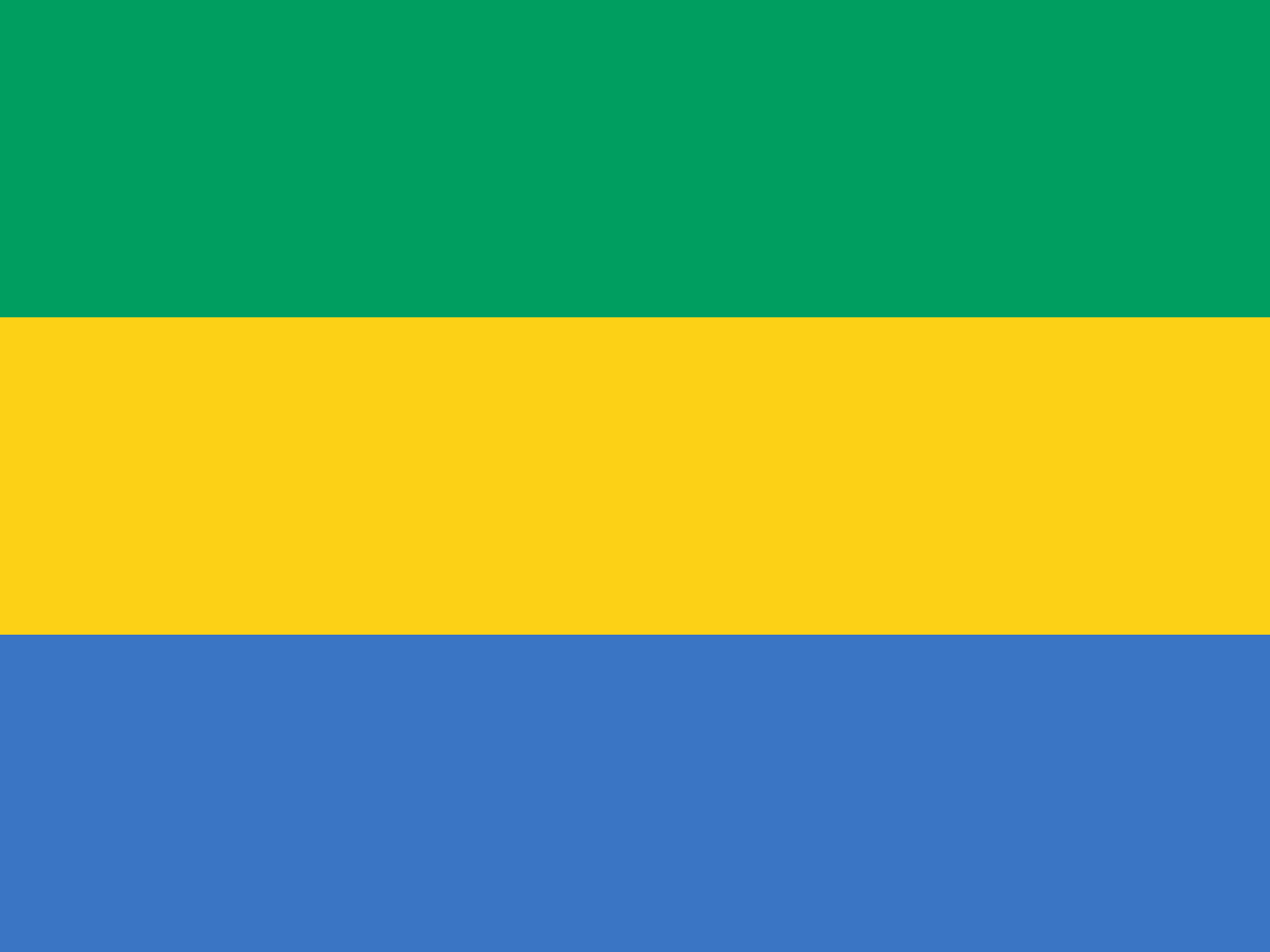The flag of Gambia consists of three horizontal stripes of red, blue, and green, separated by two thin white stripes. This distinctive design reflects the country's geography, natural resources, and aspirations for peace and unity among its diverse population.
Gambia information
| National Flag Day | — |
| Sovereign state | Yes |
| Official name | The Republic of The Gambia |
| Capital | Banjul |
| Population | 2,347,715 |
| Area | 11,300 km² |
| Currency | Gambian dalasi (GMD) |
| Language | English, Mandinka, Wolof |
| Continent | Africa |
| Region | West Africa |
| Subregion | — |
| Borders | Senegal |
| Timezone | Greenwich Mean Time (GMT) UTC+0 |
| Calling code | +220 |
| Top-level domain | .gm |
History of the Gambian flag
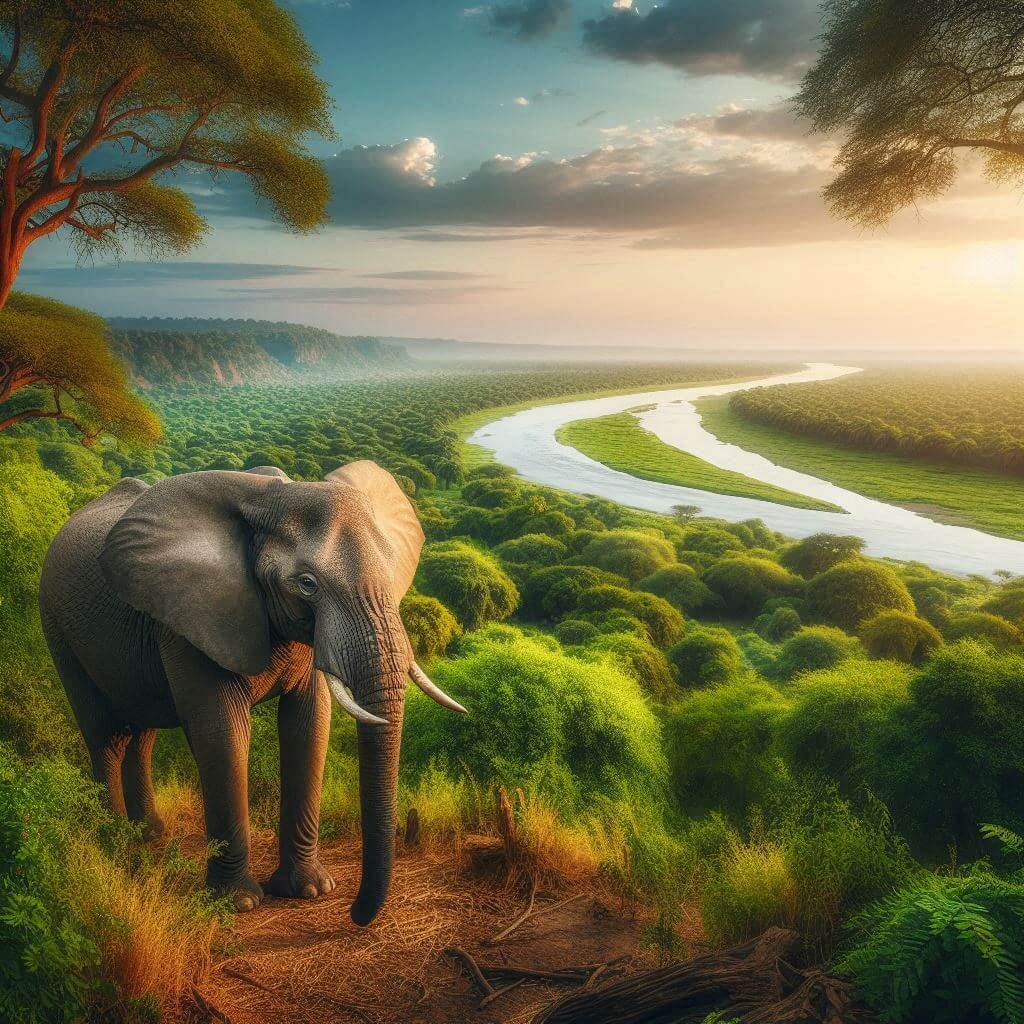 The flag was adopted on February 18, 1965, when Gambia gained independence from the United Kingdom. Its design was carefully chosen to represent the newly independent nation's identity and values. The flag has remained unchanged since its adoption, symbolizing the stability and continuity of the Gambian state.
The flag was adopted on February 18, 1965, when Gambia gained independence from the United Kingdom. Its design was carefully chosen to represent the newly independent nation's identity and values. The flag has remained unchanged since its adoption, symbolizing the stability and continuity of the Gambian state.
Symbolism and design of the Gambian flag
The Gambian flag features a thoughtful design that reflects the country's natural and cultural diversity:
- Red: Represents the savanna landscapes of the country, crucial for agriculture and wildlife.
- Blue: Symbolizes the Gambia River, a lifeline for the nation's economy and transportation.
- Green: Signifies the lush forests and vegetation that cover parts of the country, contributing to its biodiversity and natural beauty.
- White: The thin white stripes separating the colors symbolize peace and unity among Gambia's diverse ethnic groups.
Usage and significance of the Gambian flag
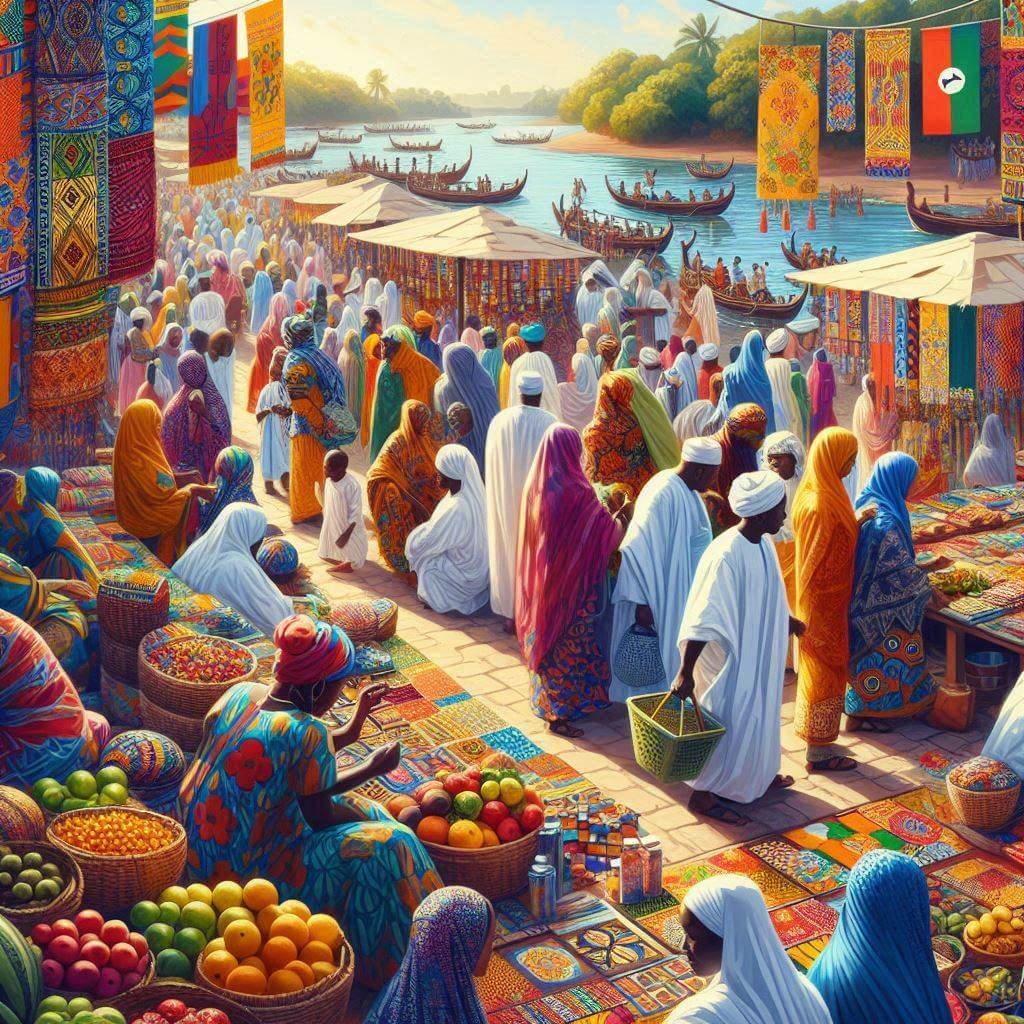 The flag of Gambia is a powerful symbol of national pride and identity. It is displayed prominently on government buildings, during national celebrations, and at international events. The flag represents the country's rich cultural heritage, natural resources, and commitment to peace and unity. It serves as a rallying point for Gambians both at home and abroad, embodying the nation's hopes and aspirations.
The flag of Gambia is a powerful symbol of national pride and identity. It is displayed prominently on government buildings, during national celebrations, and at international events. The flag represents the country's rich cultural heritage, natural resources, and commitment to peace and unity. It serves as a rallying point for Gambians both at home and abroad, embodying the nation's hopes and aspirations.
Interesting facts about the Gambian flag
- The Gambia River, represented by the blue stripe, is not only a vital resource for transportation and agriculture but also plays a significant role in the country's ecosystem and biodiversity.
- Gambia holds the distinction of being the smallest country within mainland Africa, yet it boasts a rich cultural tapestry and a diverse population, as symbolized by the white stripes on the flag.
- The flag's design is unique among African nations, making it easily recognizable in international settings.
- The red stripe, representing the savanna, also symbolizes the country's struggle for independence and the sacrifices made by its people.
- The green stripe not only represents forests but also reflects Gambia's commitment to environmental conservation and sustainable development.
- The flag's colors are sometimes referred to as "pan-African colors," shared by many other African nations' flags, symbolizing unity and shared goals across the continent.
The Gambian flag stands as a powerful representation of the nation's identity, blending natural beauty, cultural diversity, and aspirations for peace and progress in a single, striking design.
